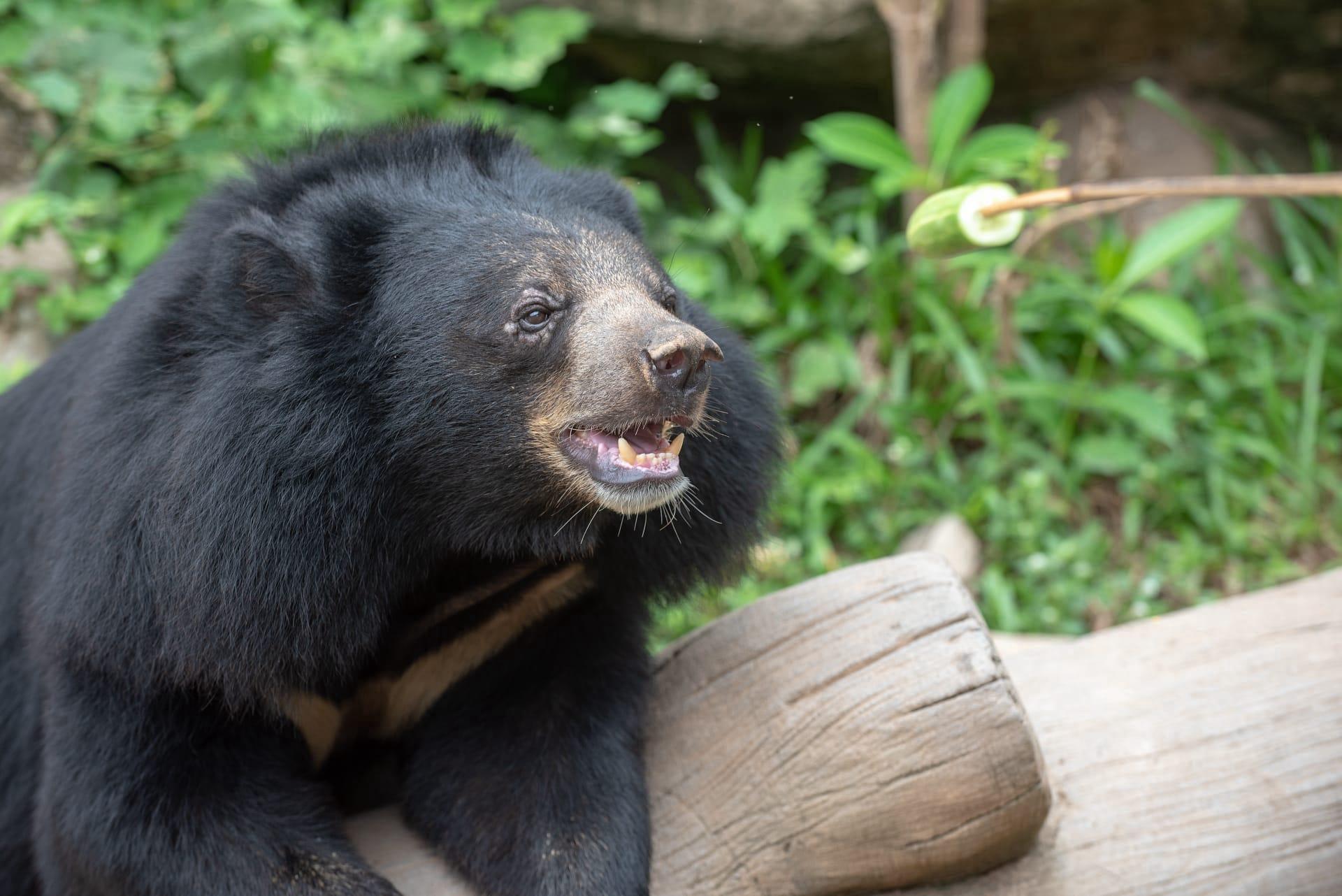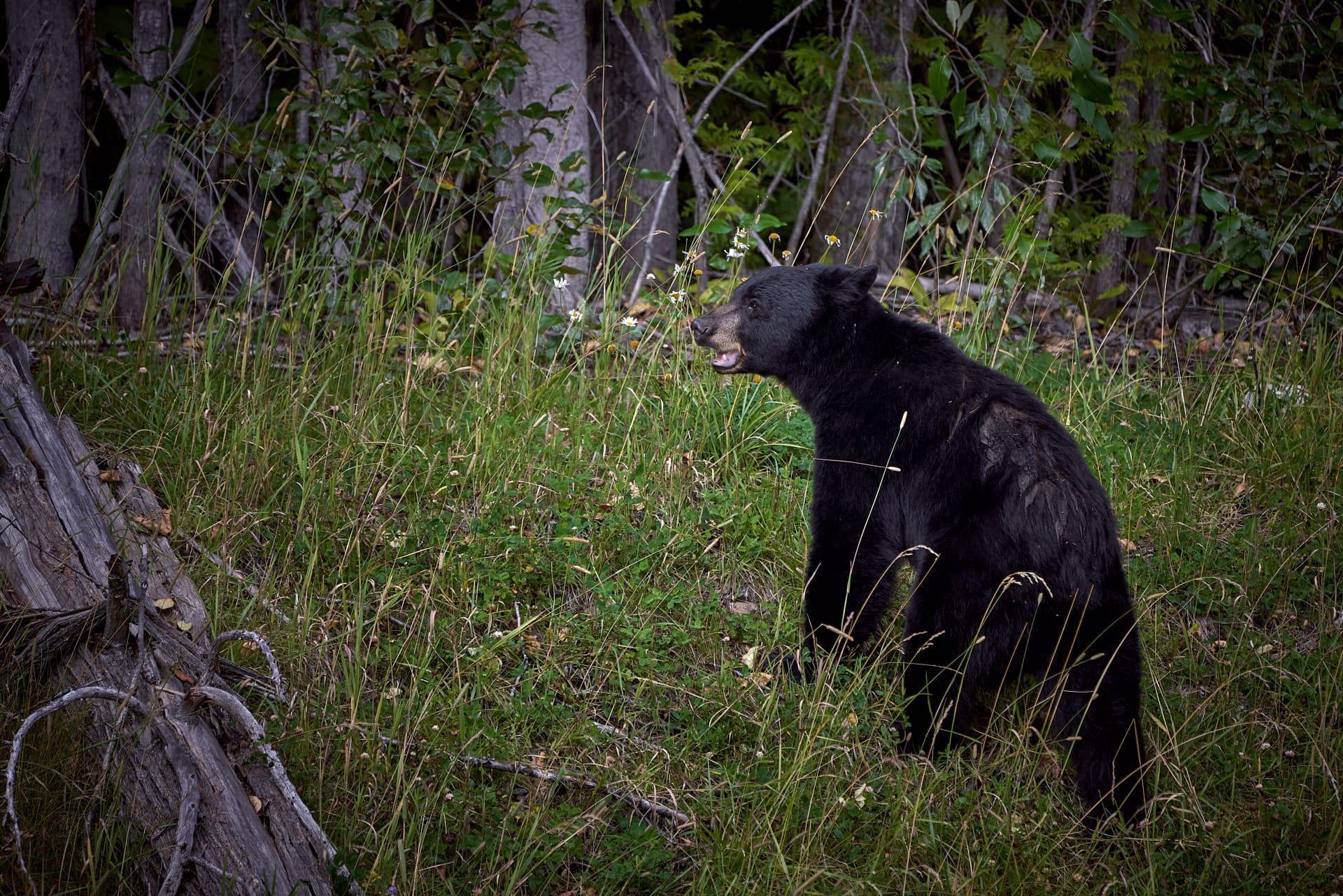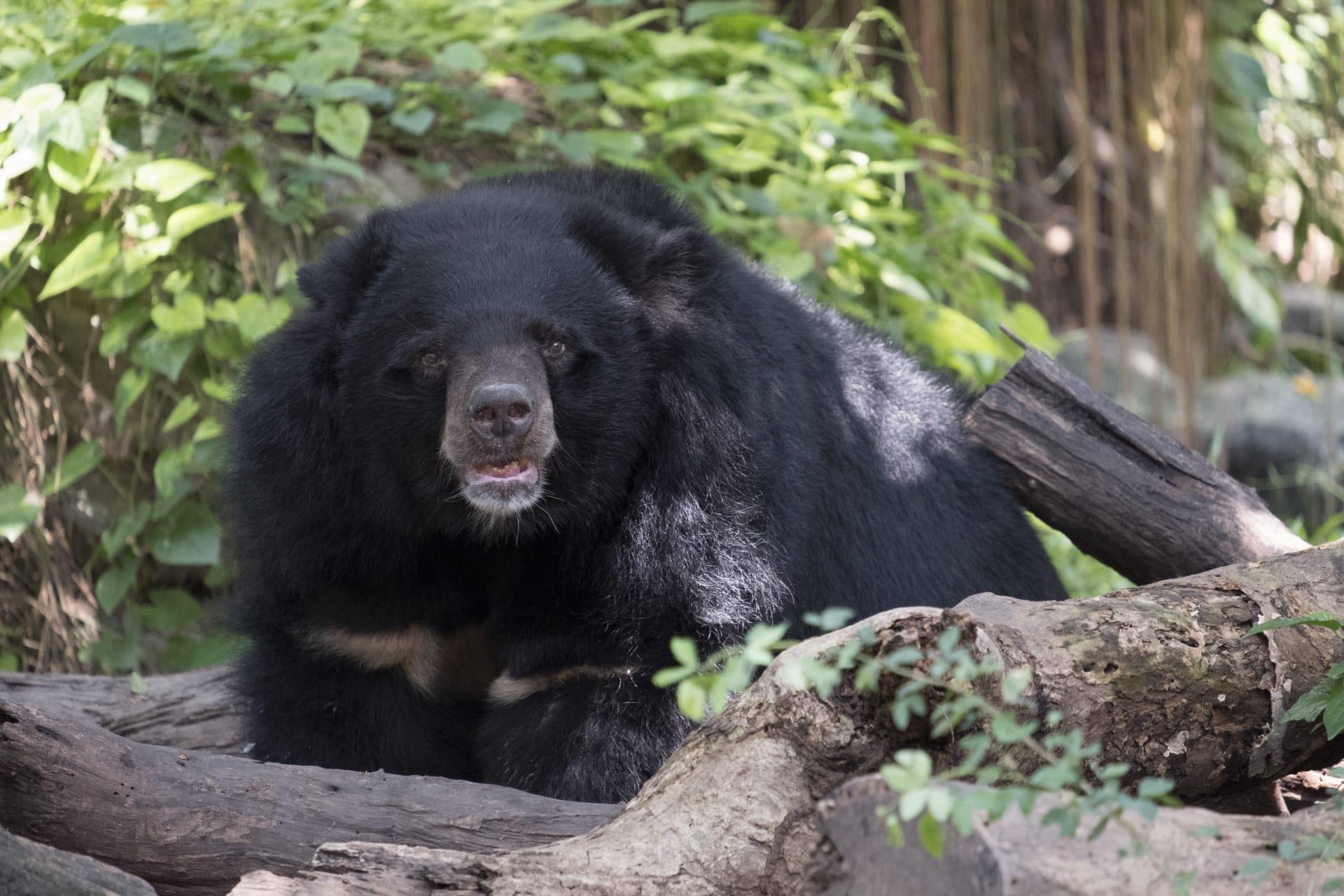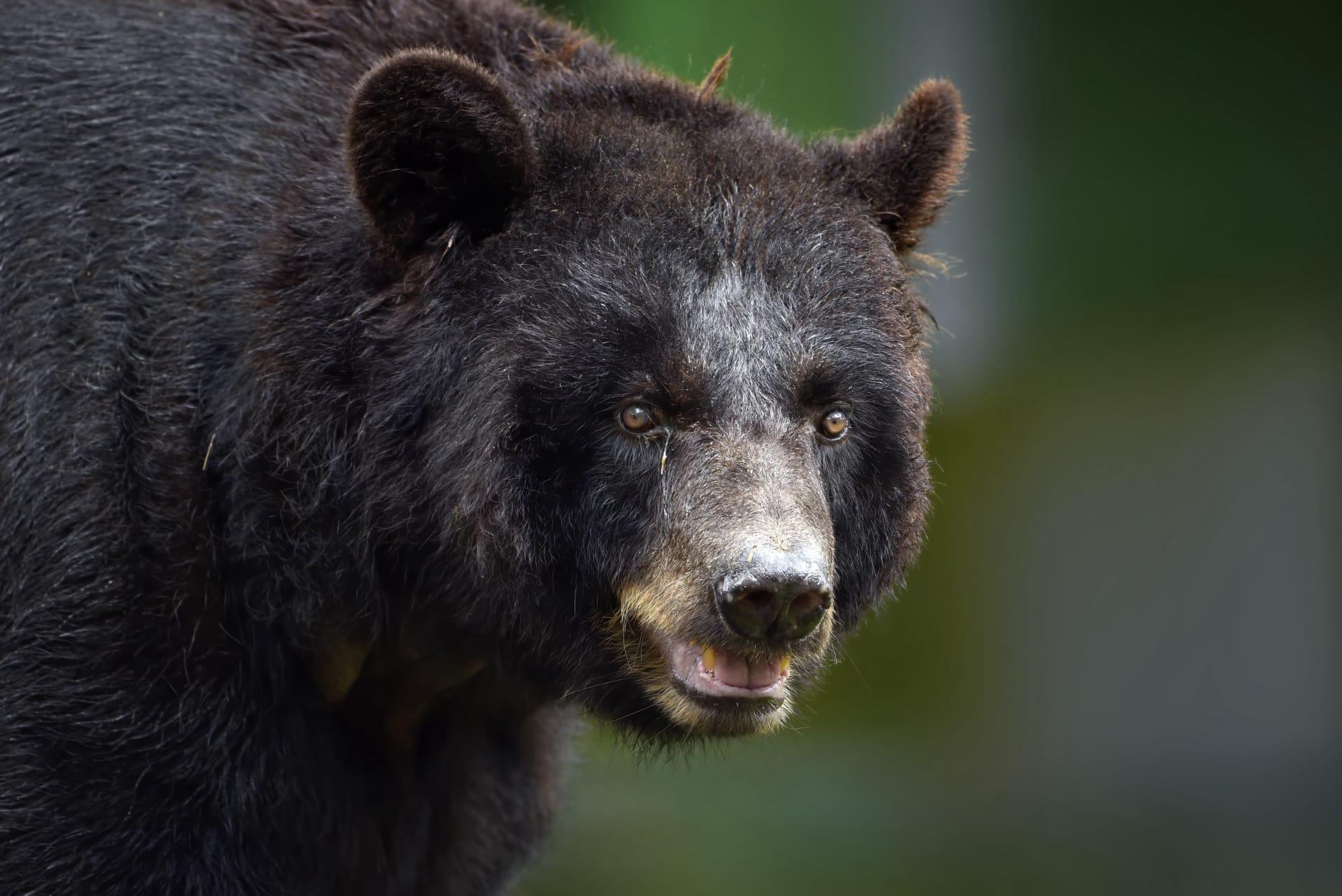1
Black bears are renowned for their incredible sense of smell, which is about seven times more sensitive than a dog's. They can detect odors over a mile away, a skill crucial for finding food in dense forests and vast territories. This heightened olfactory capability helps them locate everything from a carcass to a beehive, making them efficient foragers.
Despite their name, black bears can have a variety of coat colors. They range from black to chocolate brown, cinnamon brown, and even blonde, depending on their geographic location. The variety in their fur color is an adaptation to their habitat, offering camouflage. The Kermode bear, a subspecies found in British Columbia, is famously known for its white or creamy fur, earning it the nickname 'Spirit Bear.'

2
Black bears exhibit remarkable climbing skills, starting from a young age. Cubs can climb trees as early as three months old, using their strong claws and powerful limbs. This ability provides safety from predators and is also utilized to access food sources like bird eggs or honey from beehives located high up in trees.
In terms of diet, black bears are surprisingly versatile. While they're classified as carnivores, about 85% of their diet is plant-based. They eat a varied diet consisting of fruits, nuts, acorns, insects, and small mammals. During autumn, they enter a phase called hyperphagia, where they can consume up to 20,000 calories a day to build fat reserves for winter hibernation.

3
Black bears have a remarkable hibernation ability. During winter, they can sleep for up to 7 months without eating, drinking, urinating, or defecating. During this period, their heart rate drops from 40-50 beats per minute to just 8 beats per minute, conserving energy and sustaining themselves on fat reserves accumulated during the fall.
Contrary to popular belief, black bears are not strictly solitary. Sows (female bears) often form strong bonds with their cubs, staying together for about 17 months. During this time, the mother teaches the cubs survival skills like finding food, climbing trees, and identifying danger. Cubs learn by mimicking their mother, a vital process for their future independence.

4
Black bears have a unique communication system involving vocalizations, body language, and scent markings. They grunt, moan, or make blowing noises to express various emotions or intentions. They also communicate through body postures and facial expressions. Additionally, they mark trees using their claws and teeth to convey territorial messages to other bears.
Their ability to adapt to different environments is exceptional. Black bears inhabit a range of habitats across North America, from dense forests and swamps to mountainous regions. Their adaptability is evident in their diet, hibernation patterns, and even physical characteristics like fur color, which varies according to the environment.

5
Black bears have a gestation period of about 220 days, but interestingly, the development of the embryo only resumes in November, regardless of when mating occurred. This delayed implantation ensures that cubs are born during winter hibernation, at a time when the mother is in a safe, sheltered environment.
Astonishingly, black bears can live up to 30 years in the wild, though their average lifespan is around 10 years. Factors affecting their longevity include food availability, habitat quality, and human-related threats. In protected areas, where they face fewer threats, they tend to live longer, showcasing the impact of conservation efforts on wildlife longevity.